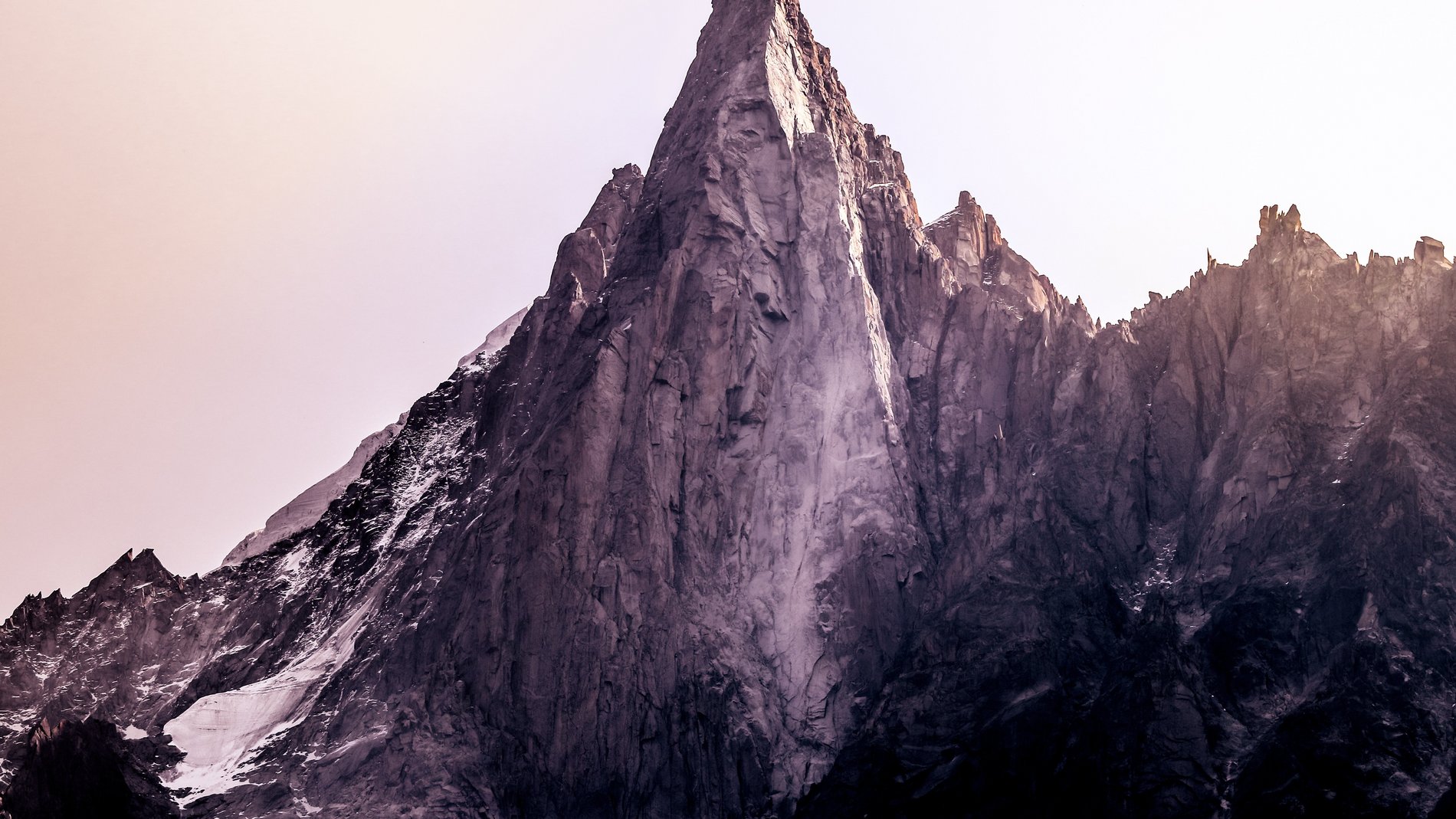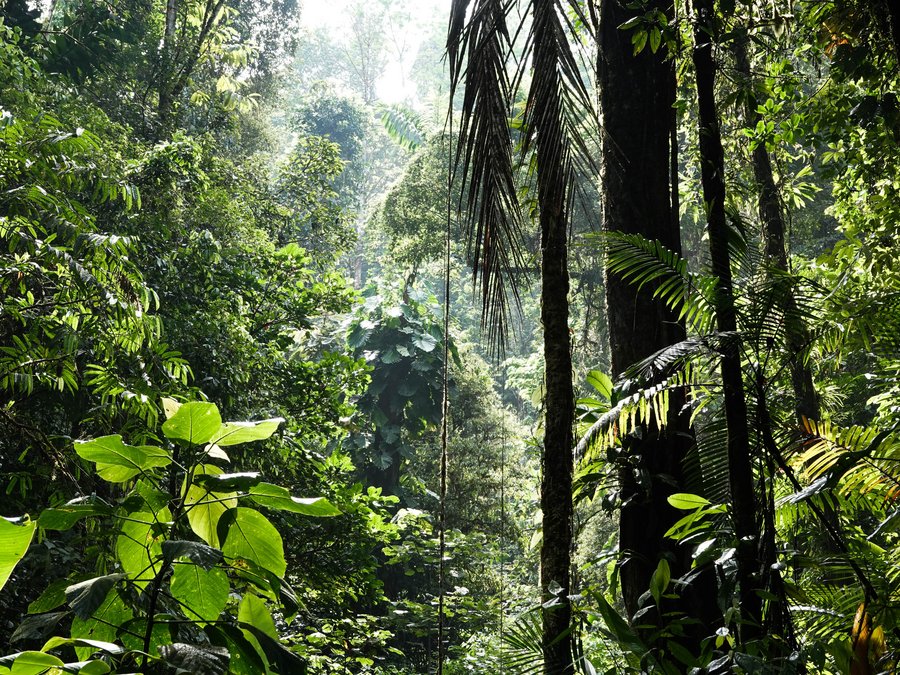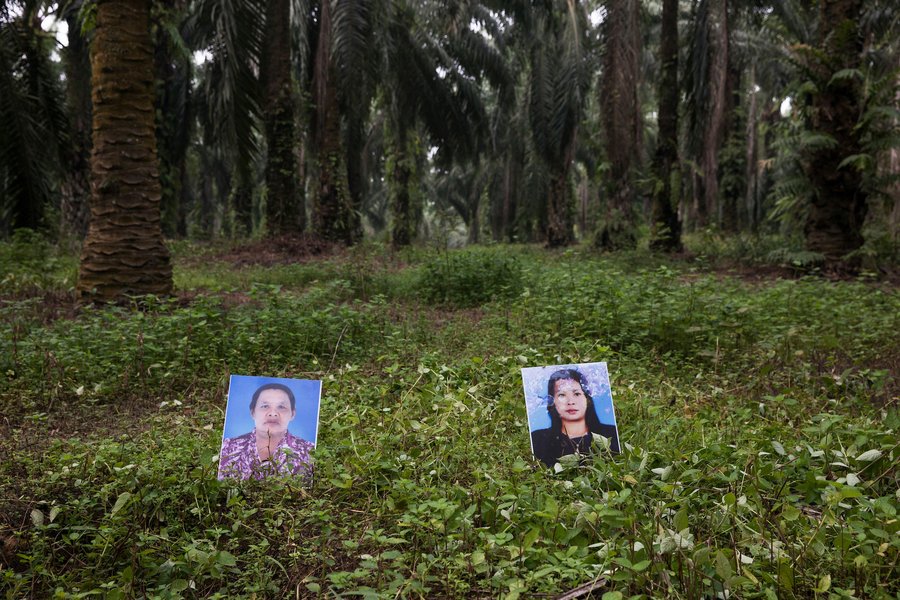Rights of Nature
by Pranom Somwong (Bee), Protection International, Thailand
For thousands of years, indigenous and local communities worldwide have upheld customary lore and traditions that harmonised human co-existence with nature. Throughout centuries, women, indigenous and local communities considered themselves as stewards of nature, entrusted with its well-being. Passed on from one generation to the next, these traditions aimed at preserving the environment and ensuring its continued survival.
Human-Nature Relations: Transitioning from Lore to Law
The shift from customary lore to modern legal systems represents a profound evolution in our relationship with nature. The introduction of capitalism and industrialisation shifted humans role from guardians with a duty of care to owners with the right to control, exploit, and, at times, harm the environment. This transformation saw the replacement of age-old lore with modern laws that uphold the notion of nature as property.
Today, a growing movement is advocating for the recognition of "Rights of Nature", marking a paradigm shift in our approach to environmental protection. The concept of the "Rights of (Mother) Nature" is more than just a term; it embodies an endeavor to reintegrate this ancestral wisdom into contemporary legal frameworks. “Rights of Nature” are a way to enable nature to have a legal hearing, to sue, and to have the right to seek redress.
This approach diverges from the current conventional viewpoint by acknowledging that human needs do not hold a central position, but instead recognises that humanity is an integral part of nature.
It highlights the inherent value of all life and underscores the interdependence that characterises our environmental relationships.
International Frameworks: The Evolution of Environmental Law
On the international stage, the recognition of nature's rights has made significant strides. In 1982, the UN World Charter for Nature emphasised the unique value of every form of life, irrespective of its value to humans. This landmark declaration laid the foundation for later developments, including the Universal Declaration of the Rights of Mother Earth (UNDMRE) in 2010. The UN Environment Assembly in 2014 further underscored the importance of strengthening the environmental rule of law.
While these international mechanisms highlight the need for environmental protection, they do not grant nature any legal rights against exploitation. Market logics and the human right to development often remain a priority, when in fact many activities defined as “development” cause devastation to people and the environment.
Pioneering Examples of Rights of Nature in Law
Several countries have taken concrete steps towards recognising nature's rights. Ecuador, in 2008, became the world's first nation to grant nature such rights in its constitution, acknowledging its right to exist as well as to regenerate its life cycles and structure. Moreover, it permits anyone, regardless of their connection to a specific part of nature, to go to court to protect it.
Bolivia introduced the "Law of the Rights of Mother Earth" in 2010, recognising seven fundamental Rights of Nature. In Uganda, the National Environmental Act of 2019 grants nature the right to exist, persist, maintain, regenerate its vital cycles and structure. New Zealand, on the other hand, is awarding juristic personhood to nature one entity at a time, such as in the cases of Te Urewera national park and the Whanganui River.
Challenges and Debates
Despite the legal recognition of nature's rights, numerous challenges persist. Extractive industries and powerful groups continue to thrive in countries like Ecuador and Bolivia, posing a threat to the environment under the flag of development, when in fact, many of these highly exploitative activities do not benefit anyone but the winners of capitalism, such as large corporations, investors, and corrupt government officials and elites.
Nonetheless, there is in fact a real dilemma when trying to balance human development with respect for nature's rights. This remains a formidable task for the courts.
Even in countries that have a more progressive legislation like Colombia and despite legal victories, the enforcement of rulings can be challenging.
On the other hand, a significant challenge persists: Many countries have yet to formally recognise the Rights of Nature, still prioritising human interests over ecological considerations. For instance, countries like Thailand often seem more inclined to grant permissions for extractive industries, such as potash mining, rather than bestowing legal Rights of Nature.
Meanwhile, the dangers faced by those defending nature’s rights are a stark reminder of the resistance against this legal shift: In 2022, 177 environmental activists were killed globally, most of them in Latin America. In Thailand, an exhibition and documentation titled "For Those Who Died Trying", organised by Protection International, illuminates the stories of over 62 human rights defenders who fearlessly exposed corruption, advocated for fair land rights, safeguarded the environment from illegal deforestation and land encroachments, and resisted poorly-conceived development projects.
Additional Debates and Initiatives
Besides the above, many debates remain unsolved: For example, when it comes to guardianship and representation for nature in legal cases, to unambiguous language in legal frameworks for nature’s rights, as well as to the evident need of harmonising conflicting rights - especially when human development and environmental protection collide. Moreover, it remains unclear how the implementation of Rights of Nature can be safely guaranteed within existing centralised political and legal systems, and which role of nature can play in international development.
Questions concerning nature holding the status of juristic persons and having the legal right to access redress represent an emerging legal field around the world. It is interesting that this is mostly happening in countries where indigenous and local people still have a caring relationship with nature and are connected to customary lore and traditions. People here have direct experience of environmental devastation and climate change.
Countries who are pioneering Rights of Nature in their laws and constitutions also offer these considerations as examples for other countries.
Conclusion
The global recognition of Rights of Nature represents a significant paradigm shift in how we view and interact with the environment. It is a crucial step in re-establishing the harmonious relationship between humans and nature that our ancestors practised for centuries. It is imperative to acknowledge that although there has been notable progress, we are still facing significant challenges on various sides. These challenges encompass a period of political instability, economic hardships, environmental degradation, and the dominance of authoritarian regimes in many parts of the world. Balancing human development and environmental preservation is a major pressing concern.
As the world confronts the urgent imperative to tackle the climate crisis and ecological deterioration, embracing the concept of granting rights to nature can present a viable route towards a more sustainable and just future.
Pranom Somwong is a feminist lawyer with Protection International in Thailand, dedicated to empowering women, land, and climate justice defenders, along with young activists. She is a core founder of the Community Women Human Rights Defenders Collective in Thailand, and collaborates with women's resistance movements in post-coup Burma. Bee's collective work with grassroots women includes advocating for a care income to strengthen the movement against environmental destruction, corporate land grabbing, and climate injustice.
Contact: psomwong[at]protectioninternational[dot]org
Further Links & Literature
- Center for Democratic and Environmental Rights (CDER): Rights of Nature Law Library https://www.centerforenvironmentalrights.org/rights-of-nature-law-library
- UNEP (2019): “Environmental Rule of Law: First Global Report.” Online: https://www.unep.org/resources/assessment/environmental-rule-law-first-global-report
- T. Hayward (2000): “Constitutional Environmental Rights: A Case for Political Analysis.” Political Studies 48, pp. 558-572. Online: https://journals.sagepub.com/doi/10.1111/1467-9248.t01-1-00275.
- Michelle Nijhuis (2021): “Rights of Rivers: Fighting for the Legal Rights of Nature.” Yes Magazine. Online: https://www.yesmagazine.org/environment/2021/07/06/rights-of-nature-conservation
- Elaine Hsiao (2012): Whanganui River Agreement - Indigenous Rights and Rights of Nature. Environmental Policy and Law 42(6): 371-375. Online: https://www.researchgate.net/publication/235671679_Whanganui_River_Agreement_-_Indigenous_Rights_and_Rights_of_Nature



